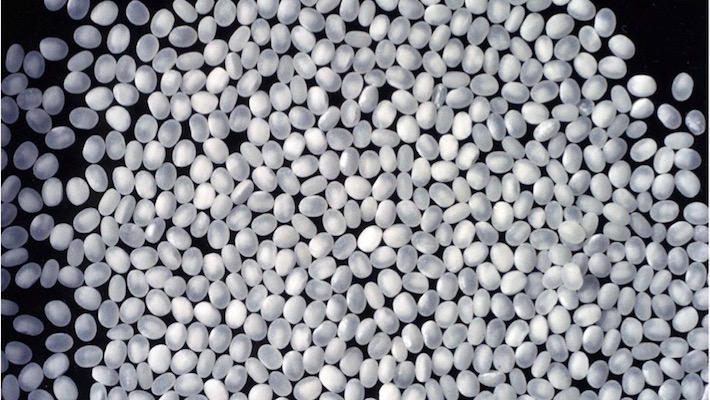
Harima Archives
2022.03.18 The Origins of Yamada Nishiki

Yamada Nishiki, the King of Sake Rice
Yamada Nishiki is most popularly known for being a key ingredient in creating the rice wine, sake. It is considered essential for any sake that wants to win a gold medal in Japan’s most prominent sake contest, the Annual Japan Sake Awards. The deliciousness of sake made from Yamada Nishiki is widely known by the general public and has become a brand name.
The Difference Between Sake Rice and Culinary Rice
So, what’s different between regular rice (culinary rice) and Yamada Nishiki? Well, for starters, we have the grain size. In the sake brewing process, the larger the rice grain, the less likely it is to crack and the easier it is to remove the minerals and proteins that cause astringency using rice polishing. Also, the gray-white area in the center of the rice (shinpaku) is large and linear in shape. This is where the koji-kin (koji mold) multiplies and ferments smoothly. These conditions make it possible to brew a stable sake.
It All Depends on the Initial Crossbreeding
Creating Yamada Nishiki is called pure line selection, which stems from ages of crossbreeding and eliminating unfavorable variants. For example, Yamadaho sake, a maternal line of Yamada Nishiki, is created by selecting and breeding specific strains of rice grown in local paddies. Yamada Nishiki, however, was groundbreaking in that it was the first sake rice produced in Hyogo Prefecture through crossbreeding.
People Involved in Developing Yamada Nishiki
Yamada Nishiki was created in Hyogo Prefecture in 1936. In 1923, at the Hyogo Prefectural Agricultural Experiment Station (now the Hyogo Prefectural Technology Center for Agriculture, Forestry, and Fisheries), the maternal line Yamadaho and the paternal line Tankan Watari Bune (now Watari Bune No. 2) were crossed. After several changes, Yamada Nishiki was born. During that time, as many as 29 people were involved in the birth of Yamada Nishiki, with Seiji Fujikawa, the final breeder and the first chief of the Sakamai Experiment Station, making a significant contribution.
Why Hyogo Products?
Well, that’s because Hyogo’s environment has the perfect terroir to produce Yamada Nishiki! As of 2019, Yamada Nishiki is grown in 40 prefectures, but data shows that the grains of Yamada Nishiki from Hyogo Prefecture are much larger and better shaped. About 80% of the Yamada Nishiki harvested in Hyogo Prefecture falls into the “Tokutou” category in the agricultural inspection of rice grains and is traded at a higher price than usual. The characteristics of the land in Hyogo Prefecture include the clayey soil called montmorillonite, which can store many minerals such as lime (calcium), magnesia (magnesium), potassium, and silicic acid, and an abundant water source, are ideal for the growth of Yamada Nishiki. The high quality of Yamada Nishiki is also supported by the various efforts made in Hyogo Prefecture to establish seed production systems and utilize cultivation technology for Yamada Nishiki, including setting up a Sakamai Experiment Station.



